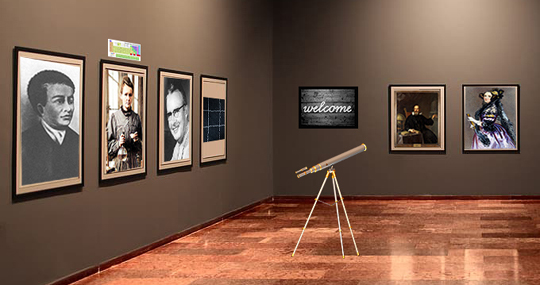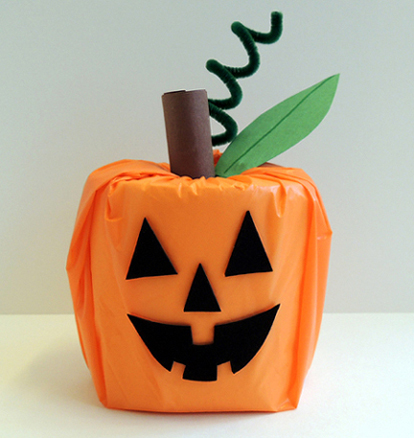 It might be a smaller, simpler Halloween this year, but that doesn’t mean it has to be any less spirited (oooo bad pun alert!). We decided to do a round up of our Halloween posts for you to peruse, just in case you needed some projects, activities, costumes, or inspiration. But if you are just here to see Katie’s ingenious candy chute, scroll to the end of the post!
It might be a smaller, simpler Halloween this year, but that doesn’t mean it has to be any less spirited (oooo bad pun alert!). We decided to do a round up of our Halloween posts for you to peruse, just in case you needed some projects, activities, costumes, or inspiration. But if you are just here to see Katie’s ingenious candy chute, scroll to the end of the post!
Above you see our cute toilet paper roll pumpkin project (bonus…the project is reversible, so no toilet paper wasted), but here’s a variation on it, using a balloon and an LED light. You might try this little lantern project, or go for this spooky votive castle…
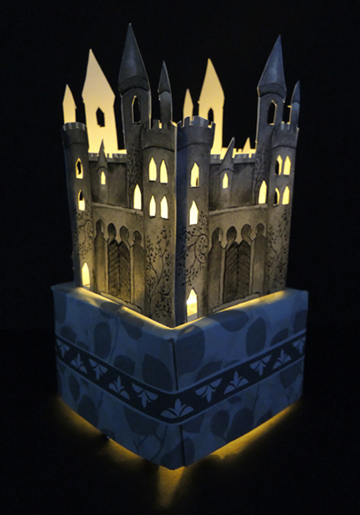
For those of you looking for projects to do at home with limited materials, we recommend this printable skeleton marionette, or this simple but adorable paperclip skeleton:
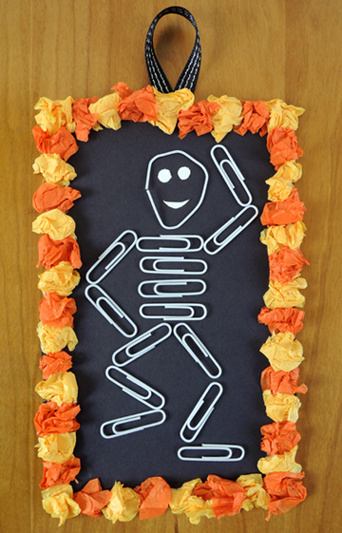
You can also try our hanging bat STEAM project, or this adorable ghost box (pair with a story time book and hide and seek game if you’d like)…
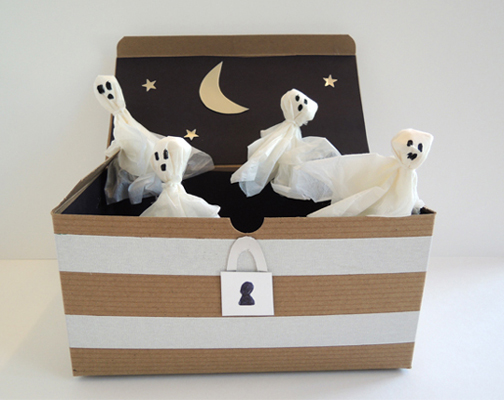
Or make your very own shoulder raven! (and meet the REAL Poe raven here):
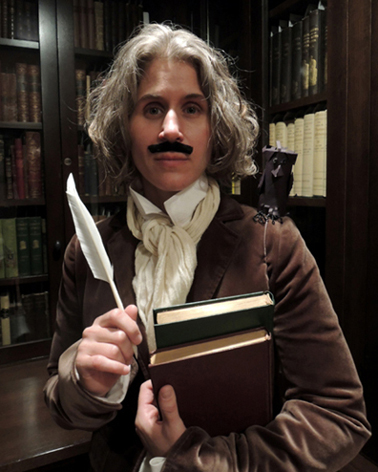
Looking for a slightly more complicated project with a big WOW factor? Try this tabletop Pepper’s Ghost box, which can be constructed with items in your home, promise!
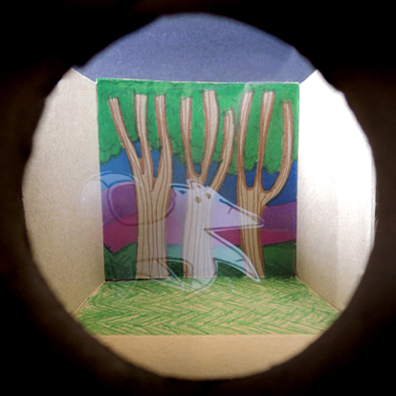
For your costuming needs, we invite you to check out our thrift store costume challenge, where we basically pulled stuff from an average closet to create literary characters…
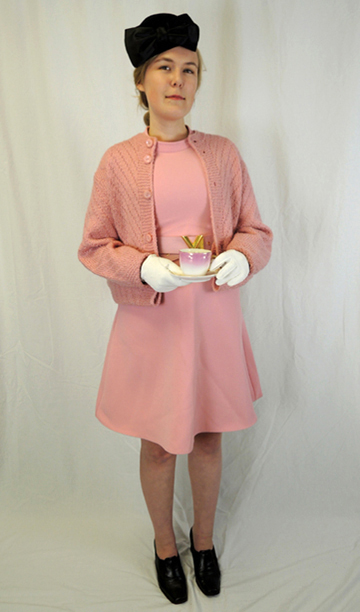
And here’s our Top 20 literary halloween costumes (the hobbits! the hobbits!), character makeup transformations, and some historic makeovers that will wow ’em at those Zoom Halloween gatherings!

For those of you wishing to ramp it up a notch, how about recreating our Dracula escape room? You’ll find a full breakdown here, including the puzzles and props we used…
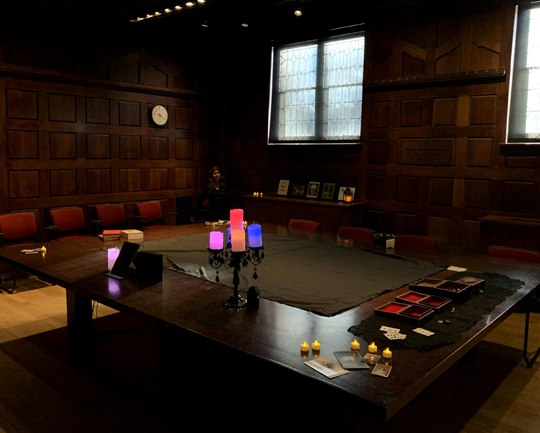
For the younger kiddos we offer this box haunted house with ghost-hunting activity. No box? No problem! Drape a large table with a cloth and you’re set!
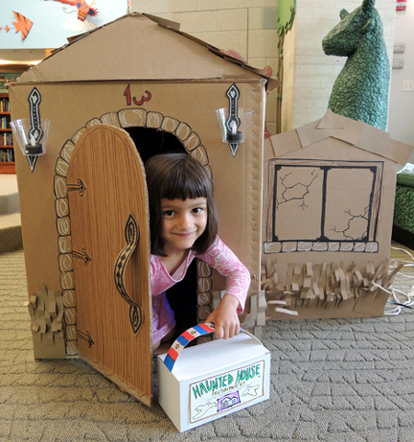
If you’d like to keep it all virtual this year, try our online Sherlock Holmes escape room, take a look at some historic book curses, or enjoy our interview with this pumpkin carving master!
And finally…drum roll please…for Halloween 2020, check out Katie’s candy chute for the socially distanced trick or treaters! She constructed it with a 5″ HVAC tube, a pool noodle, and orange and black duct tape. The chute is about 5.5 feet long, which is perfect for distributing goodies to eager ghosts and goblins. I also want to confirm for the world: yes, Katie will be offering packets of Fun Dip this year. Oh YEAH!
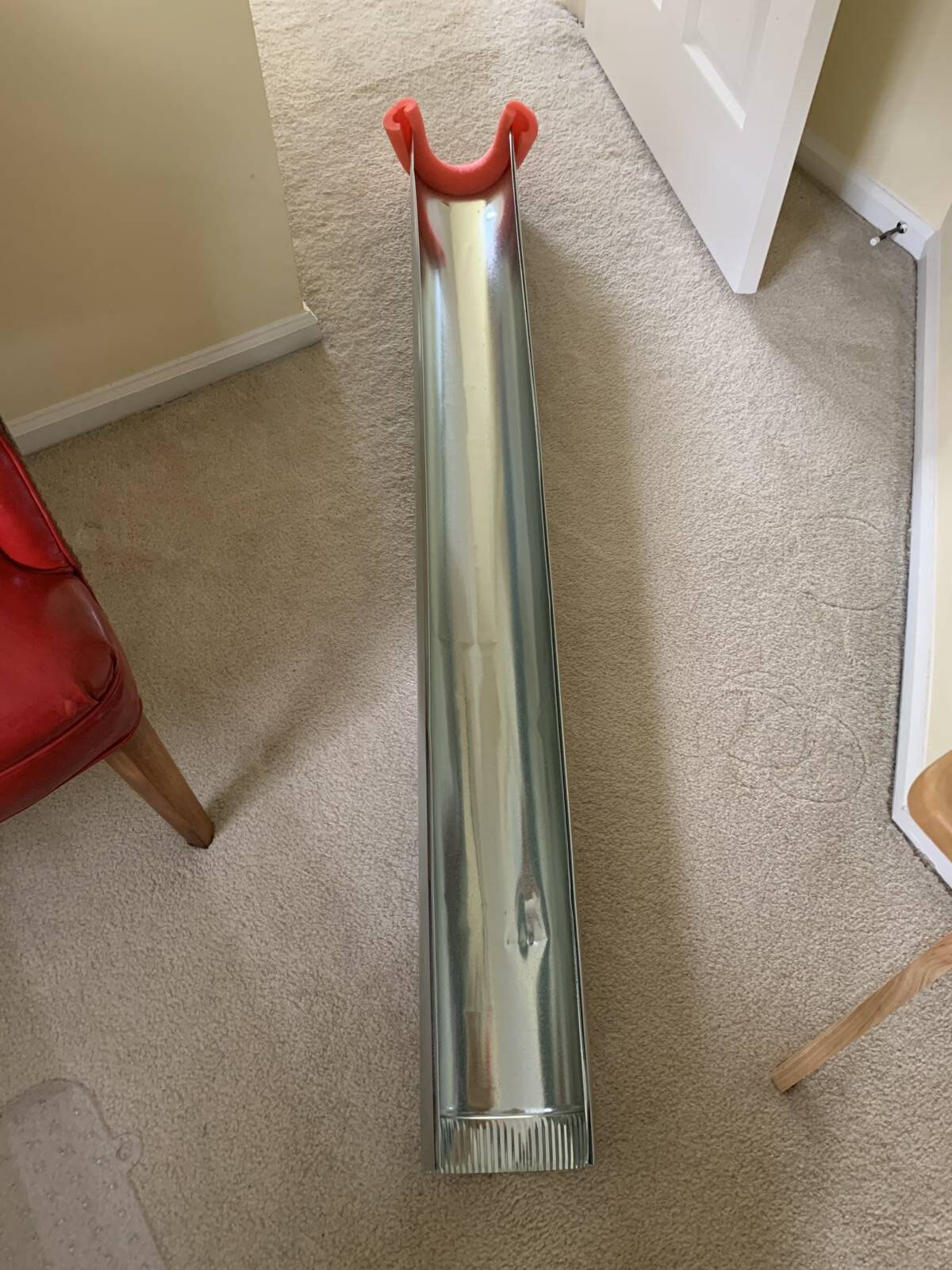

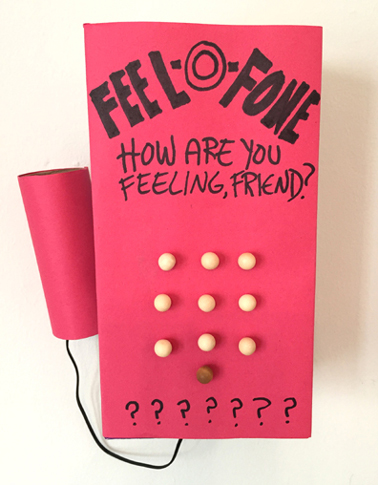
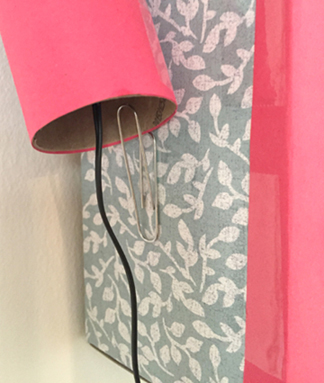 Connect the receiver to the phone box with a piece of ribbon, string, or a shoelace (I used the cable from an ancient set of ear buds). Hang the phone on the wall, and you’re done! To operate the Feel-O-Phone, unhook the receiver and simply talk…tell it how you’re feeling! Happy? Sad? Scared? Worried? Silly? Share away, operators are standing by…
Connect the receiver to the phone box with a piece of ribbon, string, or a shoelace (I used the cable from an ancient set of ear buds). Hang the phone on the wall, and you’re done! To operate the Feel-O-Phone, unhook the receiver and simply talk…tell it how you’re feeling! Happy? Sad? Scared? Worried? Silly? Share away, operators are standing by…